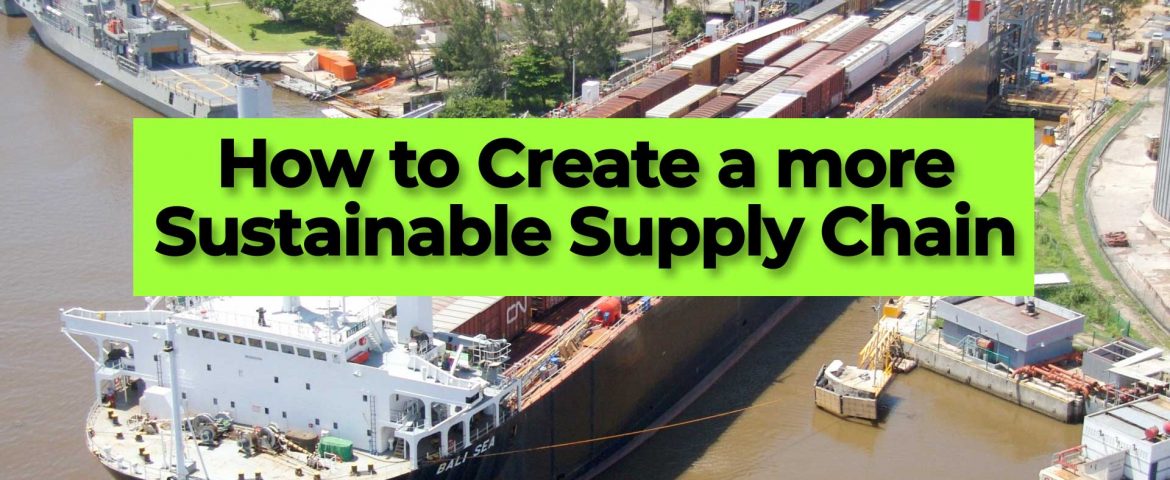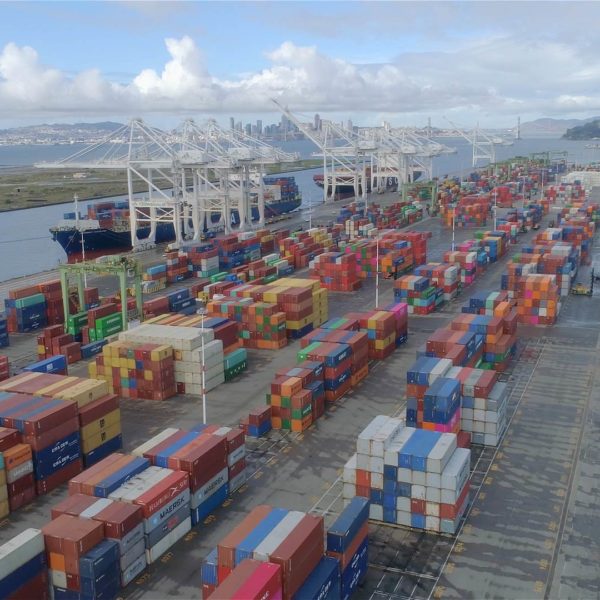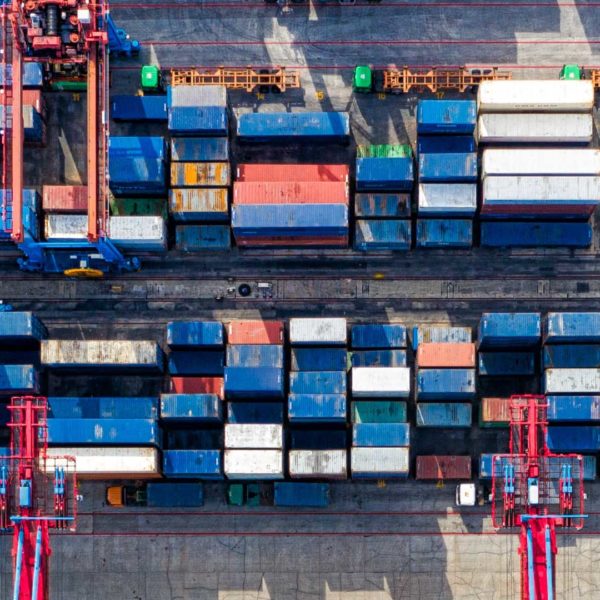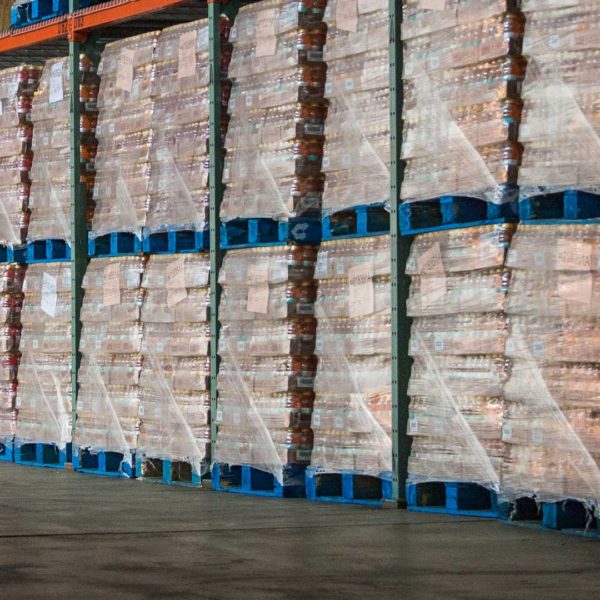Sustainability is becoming a major focus for supply chains around the world, with such firms as Nike, taking a look at how sustainable and green their supply chains are. With more pressure than ever on creating green and more environmentally friendly supply chains while reducing costs on supply chain managers, supply chains are increasingly looking at new ways to improve their sustainability.
Here are some of the top steps to creating a greener supply chain.
Packaging is key
Think of how your products are packaged. This is one of the first areas of focus for firms that are seeking to reduce not only supply chain carbon emissions but also freight costs. Consider using paper products and cardboard instead of plastics, and when you need to use plastic, use recycled materials. This will require talking with your packaging providers about potential options but will result in a much more environmentally friendly supply chain. For shippers that are holding inventory in third party fulfillment centers such as Amazon FBA, reducing packaging volume is a great way to also reduce inventory holding costs.
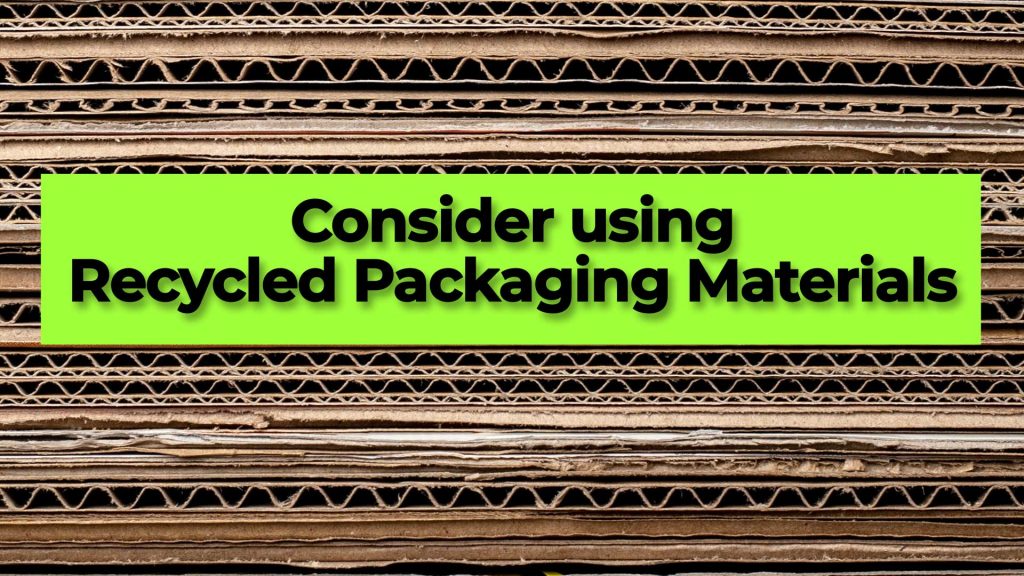
Mode Selection and Transit time
This is one of the easiest and highest ROIs areas for any individual activity within your supply chain to reduce costs and carbon emissions. Proper inventory level and demand planning give your company the ability to reduce it’s used of expedited shipping, air freight and put more long haul freight on intermodal trains. This not only will reduce supply chain costs by 15-25%, but it will also reduce supply chain emissions substantially, as intermodal freight is around 75% more energy-efficient than over the road trucking, and is highly competitive on routes longer than 500 miles. Particularly for cross country freight, intermodal represents an important source of capacity.
Intermodal is highly effective on lanes such as Southern California, the pacific northwest, and northern California to areas like Chicago, Atlanta, Texas and New Jersey. Intermodal is also used for a huge amount of cross border freight coming from Canada to the United States and Mexico to the United States. Intermodal trains do not stop at the border, and thus actually reduce transit time in many cases from truck crossings. Cargo is also more secure aboard trains than in trucks, with a lesser amount of cargo theft experienced by intermodal shippers.
Intermodal can be purchased and accessed in both the spot marketing and in various types of contract rates. For contract rates to be effective we encourage shippers to think about what lanes they will ship more than 2-5 weekly out of a certain origin point. Oftentimes contract rates can be effective to lock in rates for 12 months. Zmodal is a top intermodal provider and will work with you to explore which lanes are best as conversion candidates and build mode optimization across your network to maximize savings as well as sustainability. Contact us today for an intermodal rate quote.
Physical Assets and energy usage
This is one of the largest areas of potential real ROI for firms. Incorporating more efficient HVAC systems, solar panels, more efficient heating, and lighting systems can drastically reduce utility costs as well as the carbon footprint of a particular building. Over time these improvements will start to make a noticeable impact on your company’s expenses, potentially drastically reducing utilities. Many new warehousing facilities and factories that are built consider from the beginning the methods for reducing energy costs and work with engineers to reduce energy usage.
Working with Suppliers
It’s important to work with your suppliers to explain any sustainability efforts and goals. This can include and very likely will include working with them regarding packaging and how to increase the use of recycled materials, and biodegradable materials into packaging design, as well as simply try to reduce the sheer amount of packaging used in your products. Numerous larger companies have instituted policies regarding sustainability that suppliers must adhere to, in order to continue doing business with the firm. This can include everything from manufacturing environmental concerns, to the percent of recycled materials used in the actual product, reducing waste and removing non-biodegradable chemicals from the process.
Proper Measurement and Goal Setting
It’s hard to make improvements without being able to clearly measure important metrics related to your supply chain’s sustainability. Depending on your companies footprint, keep track of mode usage, energy usage by company buildings, packaging size and weight. Share topical sustainability numbers companywide to build sustainability into the culture of your firm.
Emissions Crackdown
Overtime EPA requirements for motor vehicles will only become increasingly stringent, with state and even city-specific regulations on trucks, trains and equipment like forklifts etc. While you don’t always want to preemptively buy new equipment without the regulations going into effect, when equipment does need to be replaced, consider spending slightly more of even the same price for equipment that is more energy-efficient. In the coming decades, electric vehicles such as forklifts, trucks, delivery vans etc will become commonplace. While not practice for the most part commercially as of yet, these will represent an important tool for reducing supply chain carbon emissions.
Keeping Costs Down
Creating a sustainable supply chain can actually decrease supply chain costs, as a reduction in truck and air freight in favor of intermodal rail and ocean will result in substantial cost savings for your firm. Also reducing packaging weight and complexity can reduce LTL charges and volume and weight will be slightly reduced. A much longer time horizon is needed for infrastructure and asset improvements like more efficient drayage trucks, LNG forklifts, solar panels on your buildings, more efficient HVAC, etc, but over time these will too have a positive ROI. Many of the best business leaders in the world look at business planning for the extremely long term. Warren Buffett famous told his then-new BNSF railroad CEO he wanted to make decisions based on a 100-year time horizon. While that is a long time, for long term business solutions and planning, thinking decades out will make you more carefully analyze your financial decisions now. In the long run, it is highly likely that government regulations and carbon taxes will be in place, and thus heavily favor firms who have over time adopted green supply chain practices.
If you have any questions or would like us to take a look at reducing your supply chain’s carbon footprint give us a shout!
Zmodal is a top intermodal and logistics solutions provider, with a digital platform to manage all aspects of your freight, shipment tracking, and analytics all backed by a first-class team with around the clock support, your freight will be in good hands! Reach out to schedule a no-obligation completely free consultation on improving the sustainability of your supply chain, analyzing mode selection, and route optimization.
